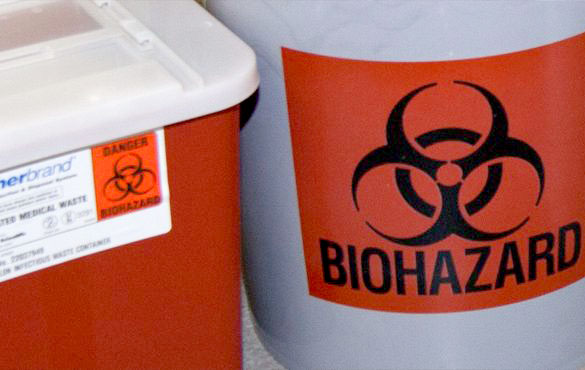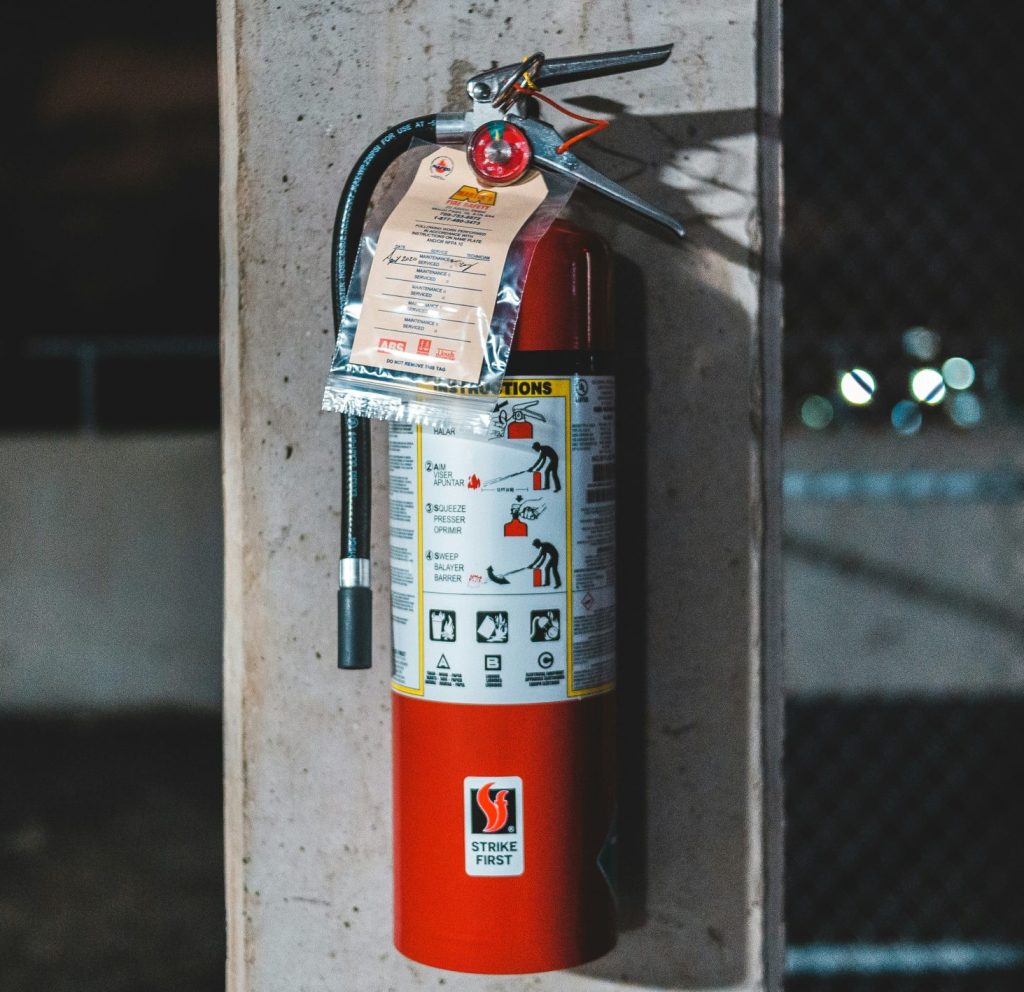Medical Surveillance & Reproductive Health
The University of Michigan (U-M) is committed to providing a safe work environment for all of its employees by the implementation of a Medical Surveillance and Reproductive Health Awareness Program. These programs expand on the Hazard Communication and Laboratory Safety Standard programs at U-M.
Medical Surveillance Program
The Medical Surveillance Program provides physical examinations and other relevant testing for staff and students with potential for occupational-related stressors or illness. During your consultation with EHS, you will be informed as to whether your staff needs to be enrolled in a medical surveillance program.
The duration to complete this task depends on the research protocol, the hazardous substances and material being used, number of staff and students working in your laboratory, and the needs of each staff and student. Some programs require you to complete a questionnaire, where others may require your staff to receive a medical evaluation from the occupational health clinicians.
Reproductive Health Awareness Program
The Environment, Health & Safety (EHS) Reproductive Health Awareness Program provides technical support regarding occupational risk, workplace safety assessments, fetal radiation dose monitoring, and educational materials that focus on preventative and protective measures.
Reproductive Hazards
Reproductive hazards affect the reproductive capabilities including chromosomal damage (mutagens) and effects on the fetus (teratogens). The following hazardous materials may cause complications to one’s reproductive health and the health of the unborn child before and during pregnancy:
- Chemicals
- Radiation or radioactive materials
- Infectious agents
California Proposition 65 lists chemicals that are reproductive and cancer toxins. However, there may be hazards you are working with that have not been tested to determine their effects on reproductive health. Therefore, if you have any concerns or questions about the hazardous materials you are working with, complete and submit the Reproductive Health Hazard Evaluation Request Form. An EHS Representative will contact you.
The Work Environment
The following environments may also put the embryo/fetus at risk during the mother’s pregnancy. If you have concerns or questions about one of these environments, complete and submit the Reproductive Health Hazard Evaluation Request Form. An EHS Representative will contact you.
- Environment in which a Nuclear Magnetic Resonance or Electromagnetic Field is present.
- Environments in which the noise level is above 85 decibels (where the individual must raise their voice to be heard at arm’s length) or in which there are loud impact or impulse noises.
- Environments in which personnel may be exposed to extreme temperatures.
- Environments in which personnel are not able to implement ergonomics best practices at their workstation or with their job duties.
What You Can Do
While you are waiting to hear from your EHS representative, you may implement the following activities to minimize your exposure to the reproductive hazards:
- Use the available and necessary engineering controls, safety equipment, and personal protective equipment when working with the hazardous material or hazardous environment.
- Follow all procedures when working with hazardous materials or in a hazardous environment.
- Be aware of non-occupational exposures to your unborn child from sources such as alcohol, smoking, prescription and non-prescription drugs, and household chemicals.
What EHS Will Do
EHS will contact you and ask you for more information, evaluate your workplace reproductive health hazards, and recommend appropriate control measures to reduce or eliminate the hazard.
Confidentiality
All communications (written and verbal) used to identify and reduce your reproductive health risks are confidential. However, upon your request, EHS will make the information from your evaluation available to your supervisor or physician. Your physician can counsel you on the implications of your workplace condition.
Standard Operating Procedures, Guidelines, and Manuals
The following documents may be appropriate to review to address reproductive health concerns.





